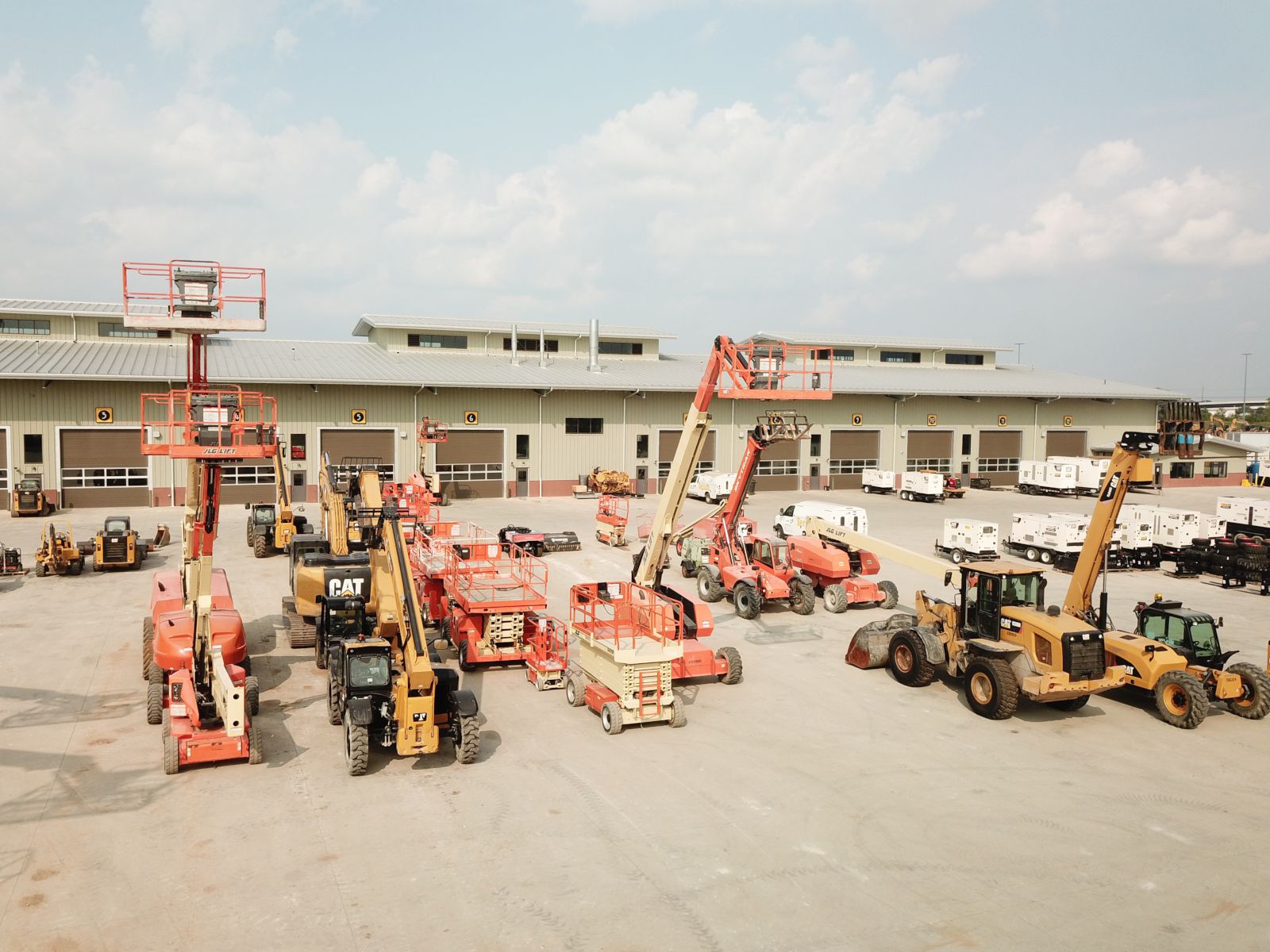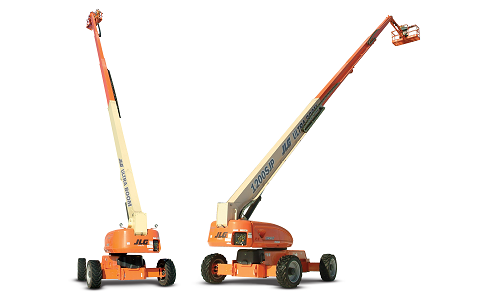Forklift Rental: Heavy Training Equipment for Warehousing and A lot more
Forklift Rental: Heavy Training Equipment for Warehousing and A lot more
Blog Article
Optimize Your Spending Plan by Understanding the Expenses Linked With Building Devices Rentals
Comprehending the full range of expenses related to building equipment leasings is essential for optimizing your budget plan. While the first rental cost may seem straightforward, many extra expenses-- such as transport, gas surcharges, and maintenance-- can promptly collect, impacting your monetary planning. Being conscious of numerous charges and the intricacies of rental contracts can help stay clear of unexpected financial burdens. What strategies can be utilized to successfully manage these prices and make sure a more effective rental experience?
Summary of Rental Expenses
When taking into consideration construction devices rentals, comprehending the associated costs is critical for reliable budgeting and task preparation. Rental costs can vary significantly based upon several variables, consisting of tools kind, period of leasing, and location. The initial rental charge usually shows the devices's market demand and its associated operational capabilities, influencing the overall expenditure.
In addition to the base rental rate, ancillary expenses might emerge, such as transportation fees, fuel additional charges, and upkeep fees. It is necessary to account for these extra expenditures to precisely examine the complete expense of renting out equipment. The rental duration can influence rates; longer services might certify for affordable rates, while short-term services might incur greater everyday charges.

Breakdown of Rental Rates
A comprehensive understanding of rental rates is essential for service providers and task managers intending to enhance their budget plans. Rental prices for building tools generally contain numerous parts, consisting of base prices, time-based costs, and use costs.
Base prices are the core fees related to the rental of the devices, often determined by the kind and size of the equipment. These rates can differ substantially, influenced by aspects such as tools demand, schedule, and regional market fads. Time-based costs, which might be daily, weekly, or monthly, offer to fit various task timelines and rental periods.
In addition, rental prices might consist of usage charges, which are appropriate when tools is made use of beyond a defined limit, guaranteeing that the rental business can represent damage. Seasonal need fluctuations can likewise affect rental rates, with peak building periods usually regulating greater costs.
In addition, recognizing the rental firm's plans regarding upkeep and insurance can provide additional insight right into the overall expense framework. By evaluating these parts, professionals can make educated decisions, guaranteeing the choice of rental tools aligns with both task demands and budget plan constraints.
Additional Fees to Consider
Recognizing the ins and outs of added charges is essential for contractors to manage their overall rental costs successfully. Past the conventional rental prices, numerous supplementary charges can considerably affect the complete expense of tools leasing. These costs often include distribution and pickup costs, which can differ based upon range and logistics associated with transporting the equipment to and from the task website.
Additionally, some rental firms might impose fuel surcharges if the equipment is returned with less gas than when rented out. It is additionally important to know prospective cleaning fees, particularly for customized tools that needs complete maintenance after usage.

Extensively examining the rental agreement and making clear these extra charges upfront can assist professionals ensure and stay clear of unanticipated expenses that spending my company plans stay intact throughout the project lifecycle.
Repair And Maintenance Costs
Normal maintenance and repair costs are usually forgotten elements that can significantly influence the general cost of construction equipment leasings. When leasing tools, it is vital to think about not just the rental charges however additionally the possible prices related to maintaining the equipment in ideal operating problem.
Lots of rental firms include standard upkeep as part of the rental agreement; nonetheless, more unforeseen failures or considerable repair work can cause additional costs. It's vital to assess the rental agreement very carefully to comprehend what upkeep solutions are covered and what responsibilities drop on the occupant.
Additionally, tools that is not well-kept can result in ineffectiveness on the task site, possibly raising and causing hold-ups task prices. To reduce these dangers, it is advisable to conduct regular inspections and keep open interaction with the rental service provider regarding any problems that arise during use.
Insurance and Responsibility Prices
Insurance and liability costs are vital components that can dramatically influence the general cost of construction equipment leasings (aerial lift rental). These expenses make certain that both the rental business and the customer are secured from possible economic losses occurring from accidents, damages, or theft during the rental period

Additionally, clients must be mindful of any kind of deductibles or exemptions in the insurance plan, as official statement these can impact potential out-of-pocket costs. Comprehending the terms and conditions of any insurance policy coverage is important to avoid unexpected costs. Inevitably, budgeting for insurance and obligation costs can aid make sure dig this a smoother rental experience and protect against monetary risks related to construction tasks.
Final Thought
In verdict, a thorough understanding of the costs linked with building and construction devices leasings is vital for effective spending plan administration. By analyzing rental prices, added costs, maintenance costs, and insurance coverage companies, people and demands can decrease unanticipated expenditures. This strategic method not only improves cost-effectiveness yet likewise makes certain that jobs proceed efficiently and successfully. Inevitably, notified decision-making regarding devices services adds to the general success of building ventures.
Rental costs can vary significantly based on several factors, consisting of devices type, period of leasing, and location (construction equipment rentals). The rental period can affect prices; longer rentals might certify for affordable prices, while temporary rentals may sustain greater day-to-day fees
By performing thorough study and involving with trustworthy rental firms, service providers can efficiently navigate the intricacies of rental rates, eventually maximizing their monetary resources.
Past the standard rental prices, various auxiliary charges can significantly influence the overall expense of devices service. Rental companies frequently provide liability insurance coverage that covers injuries to 3rd parties or damages to building, while devices damages insurance coverage can cover the price of repair work or replacement if the leased equipment is damaged.
Report this page